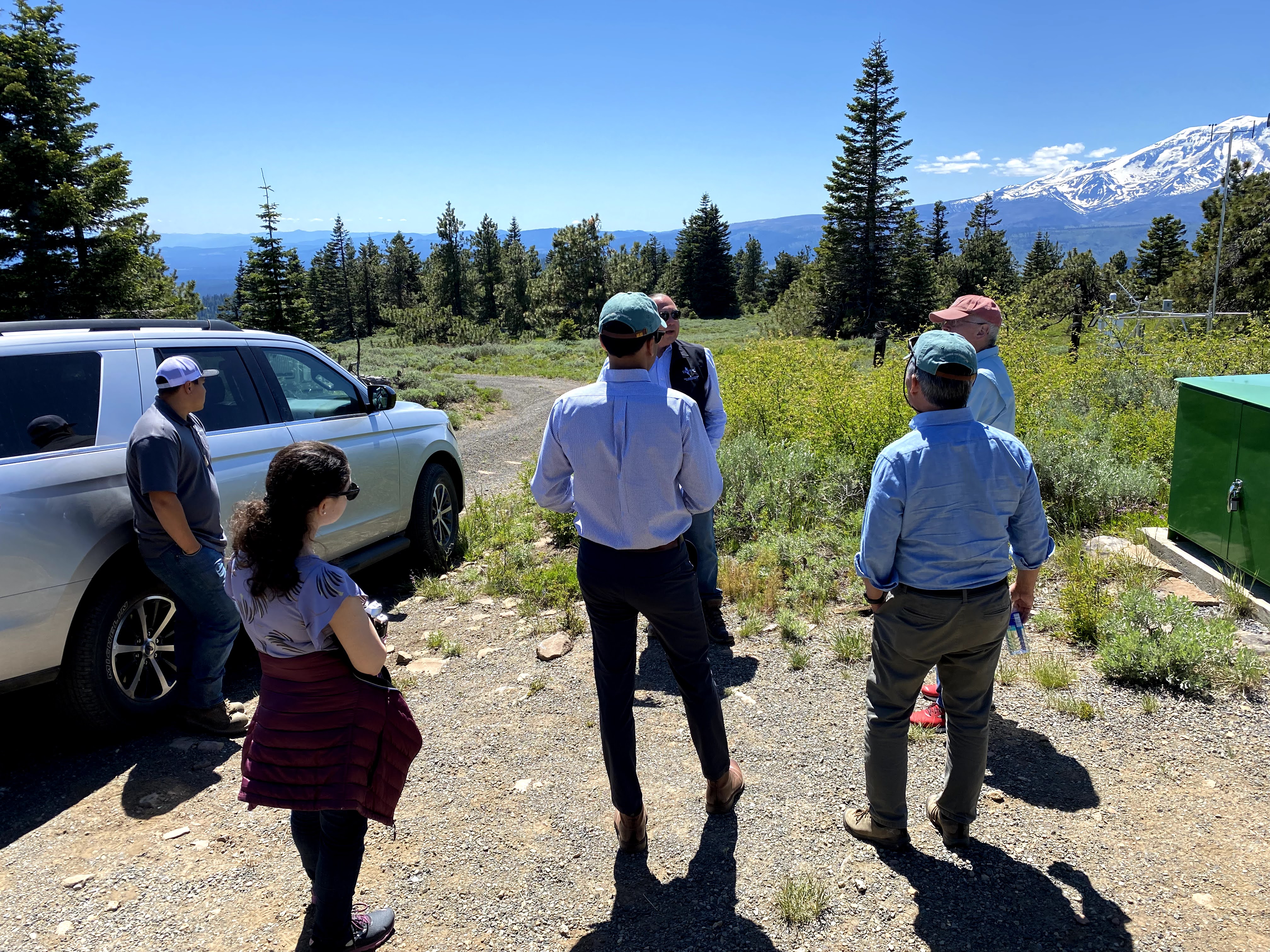Containing 30 million MTCO₂e by 2030
We develop and support carbon containment strategies with large-scale implementation potential. Our goal is to support the containment of 500 million metric tons of CO₂ equivalent (MTCO₂e) by 2050, and 30 million MTCO₂e by 2030. To meet these goals, we engage with a diverse partner network, develop solutions with the whole system in mind, and consider project economics from the start.
Working with partners
We partner widely, and look for inspiration for climate solutions from academics, practitioners, past efforts, and parallel fields. Our solutions are informed and shaped from the outset by the practitioners, entrepreneurs, and companies that will help bring them to scale. We also support the ideas and solutions of others that meet our internal project criteria.


